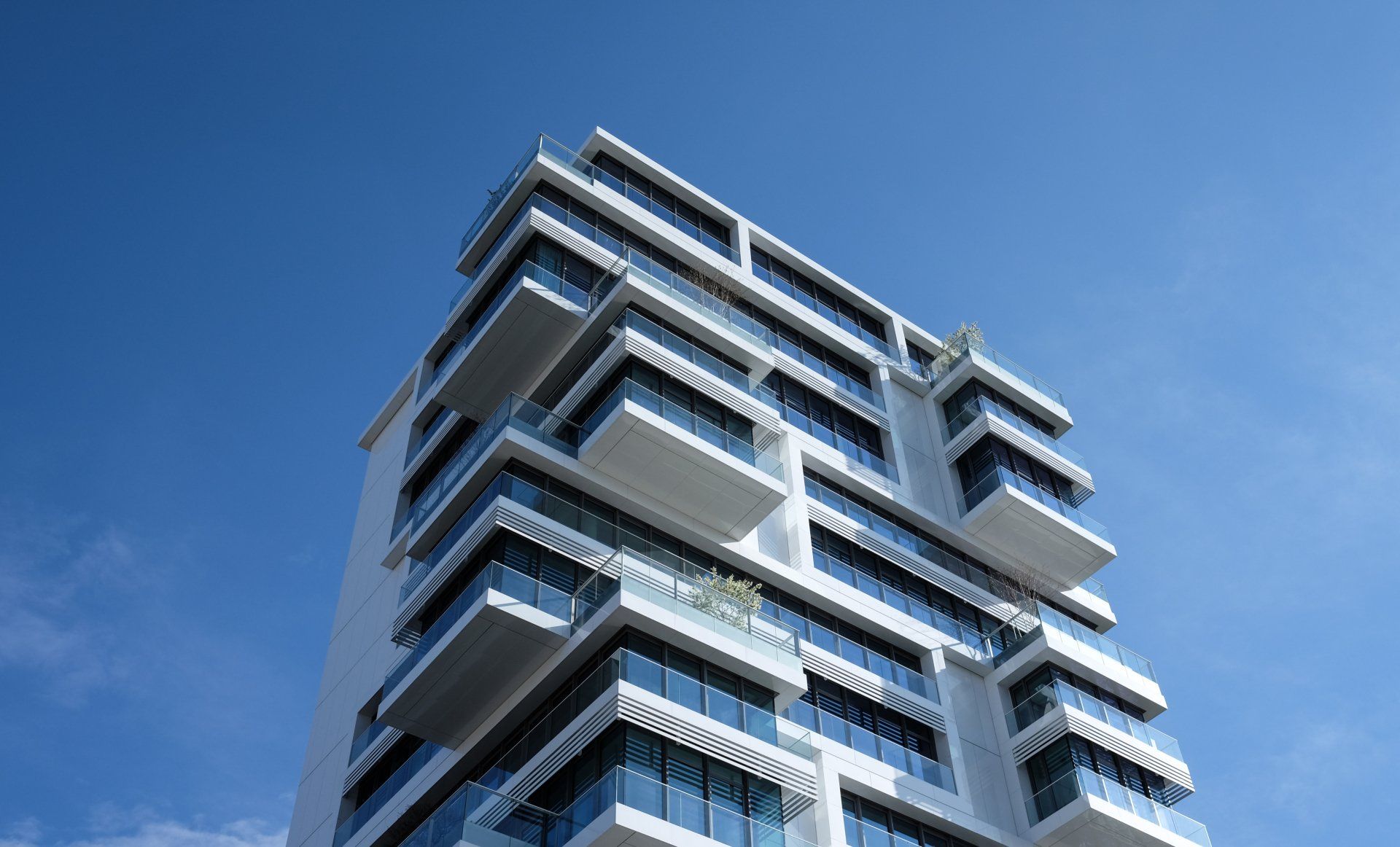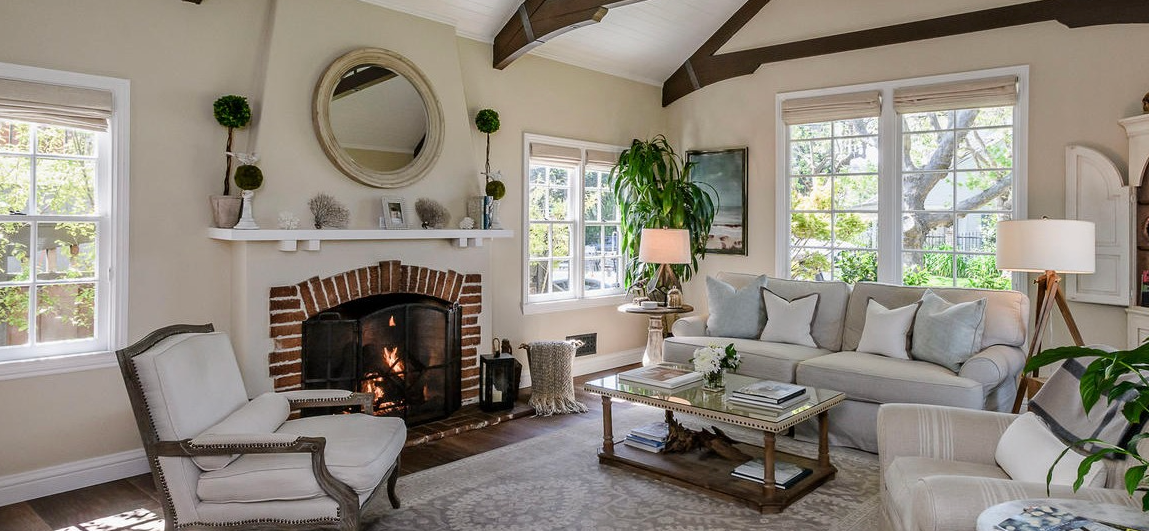Selling Your Primary Residence in California: Capital Gains Tax Exemptions
Selling your primary residence in California can be an exciting but also financially complex endeavor. One crucial aspect to consider is the potential capital gains tax you might owe on the profit from the sale. However, there are exemptions and exclusions in place that can significantly reduce or eliminate your capital gains tax liability. In this blog post, we'll explore the ins and outs of selling your primary residence in California and the various exemptions available to homeowners.
Understanding Capital Gains Tax
Before delving into the exemptions, it's essential to understand what capital gains tax is and how it works. When you sell an asset, including your home, for more than what you paid for it, you typically incur a capital gain. In California, this gain is subject to taxation at the state and federal levels.
The current federal tax rate on long-term capital gains (assets held for more than one year) ranges from 0% to 20%, depending on your income. In addition, California imposes a state capital gains tax which can be as high as 13.3%, making it one of the highest state tax rates in the country.
However, there's good news for homeowners in California. The state offers several exemptions that can reduce or eliminate your capital gains tax liability when selling your primary residence.
1. The Home Sale Exclusion (Section 121)
The Home Sale Exclusion, also known as Section 121 of the Internal Revenue Code, is a federal tax provision that allows homeowners to exclude a portion of their capital gains when selling their primary residence. To qualify for this exemption, you must meet the following criteria:
⦁ You have owned the home for at least two out of the five years before the sale.
⦁ You have used the home as your primary residence for at least two out of the five years before the sale.
⦁ You haven't claimed the exclusion on another home sale within the last two years.
Under this provision, a single homeowner can exclude up to $250,000 in capital gains from taxation, while a married couple filing jointly can exclude up to $500,000. If your capital gains fall below these thresholds, you may not owe any federal capital gains tax on the sale of your primary residence.
2. California's Homeowners' Property Tax Exemption
In addition to the federal Home Sale Exclusion, California offers its own tax benefits to homeowners through the Homeowners' Property Tax Exemption. This program reduces the assessed value of your primary residence by $7,000 for tax purposes, which can result in lower property tax bills. While this doesn't directly impact your capital gains tax, it can help reduce your overall housing costs.
3. 1031 Exchange
For homeowners looking to invest in another property after selling their primary residence, the 1031 exchange can be a useful tool. Under Section 1031 of the Internal Revenue Code, you can defer capital gains tax by reinvesting the proceeds from the sale into a "like-kind" property within a specific time frame. This is a more complex strategy that requires careful planning and adherence to IRS guidelines.
(See blog post entitled “A 1031 Exchange May Apply to Your Primary Residence.")
Conclusion
Selling your primary residence in California can be a profitable venture, but it's crucial to understand the capital gains tax implications and the available exemptions. The Home Sale Exclusion at the federal level and the Homeowners' Property Tax Exemption at the state level can significantly reduce your tax liability, allowing you to keep more of the profit from your home sale. Additionally, the 1031 exchange provides an option for those looking to reinvest in real estate while deferring their tax obligations. Always consult with a tax professional or financial advisor for personalized guidance when navigating these tax considerations. By leveraging these exemptions and following tax regulations, you can make the most of your primary residence sale in the Golden State.












